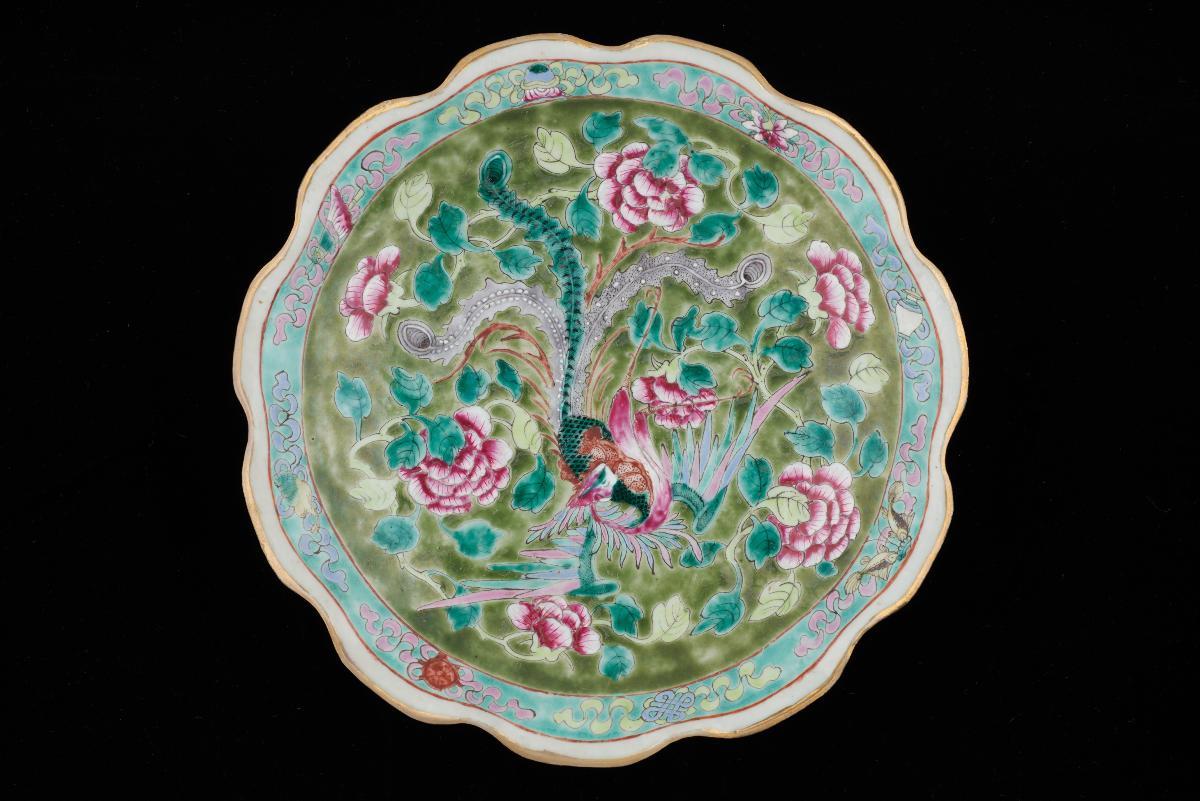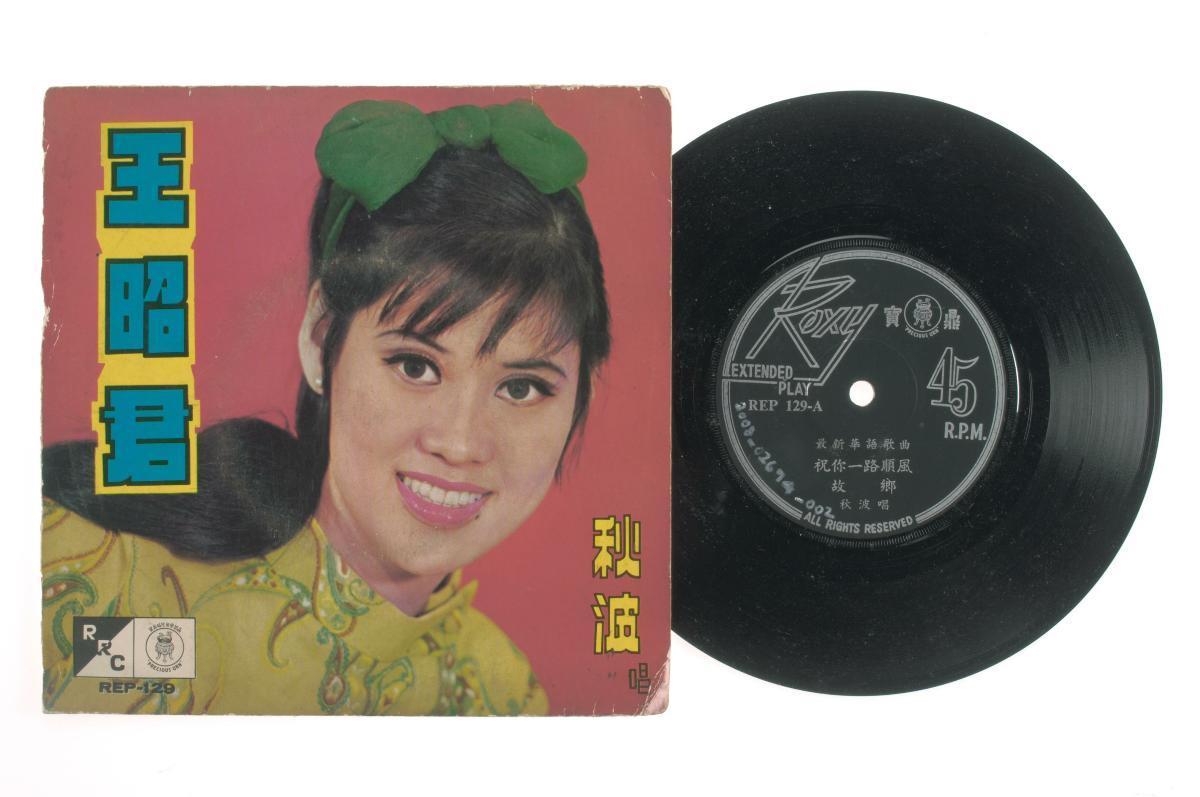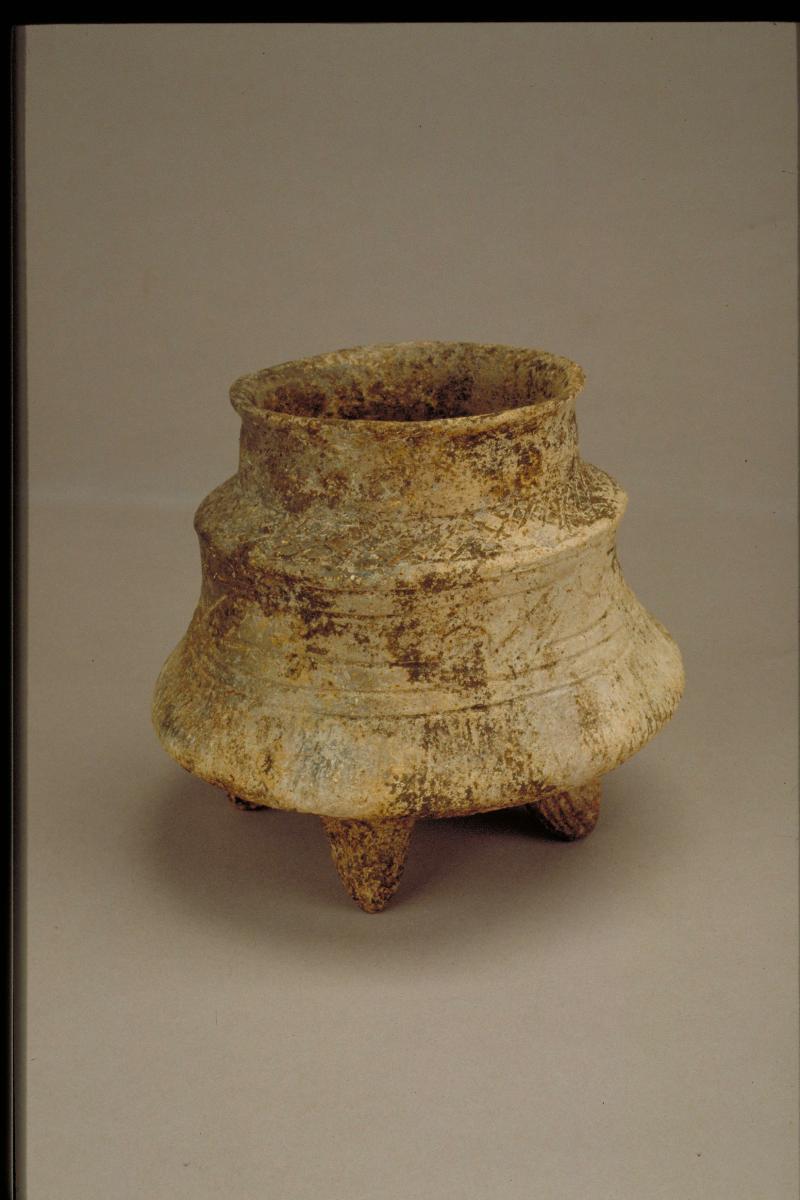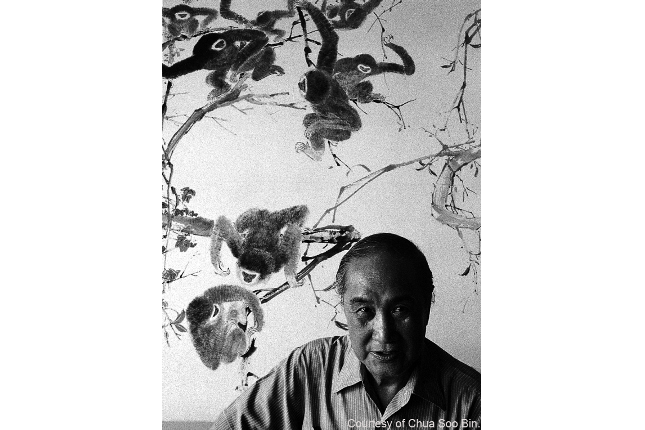This dish is an example of Nonyaware, which are overglaze polychrome enamelled porcelains possibly imported from China for Straits Chinese customers. The piece carries the reign mark “Guangxu nian zhi”, suggesting that it could have been made during the reign of Qing Emperor Guangxu from 1975 to 1908. It has gilt edged chrysanthemum rims and sloping sides. The plate is roughly divided into two halves with similar motifs on each half creating a somewhat mirror effect. The motifs consist of a green scaly phoenix in flight surrounded by lush sprays of pink and orange. peonies with leaves and buds. The phoenix is an auspicious symbol that represents beauty, grace, high virtue, the bride and the Empress. Peonies are emblems of spring and symbols of wealth, love and beauty. At the centre of the piece enclosed in a circle is a motif of a pot of flowers in shades of pink, possibly Prunus. The flowers are symbols of winter and represent longevity. These motifs are surrounded by a border pattern comprising of flowers of different types separated by trailing ribbons. This piece of enamelled porcelain could have been part of the elaborate “tok panjang” dinner service which refers to dining at home on special occasions such as the 60th birthday celebrations. Such a feast could comprise several hundred to several thousand pieces of Nonyaware.

















